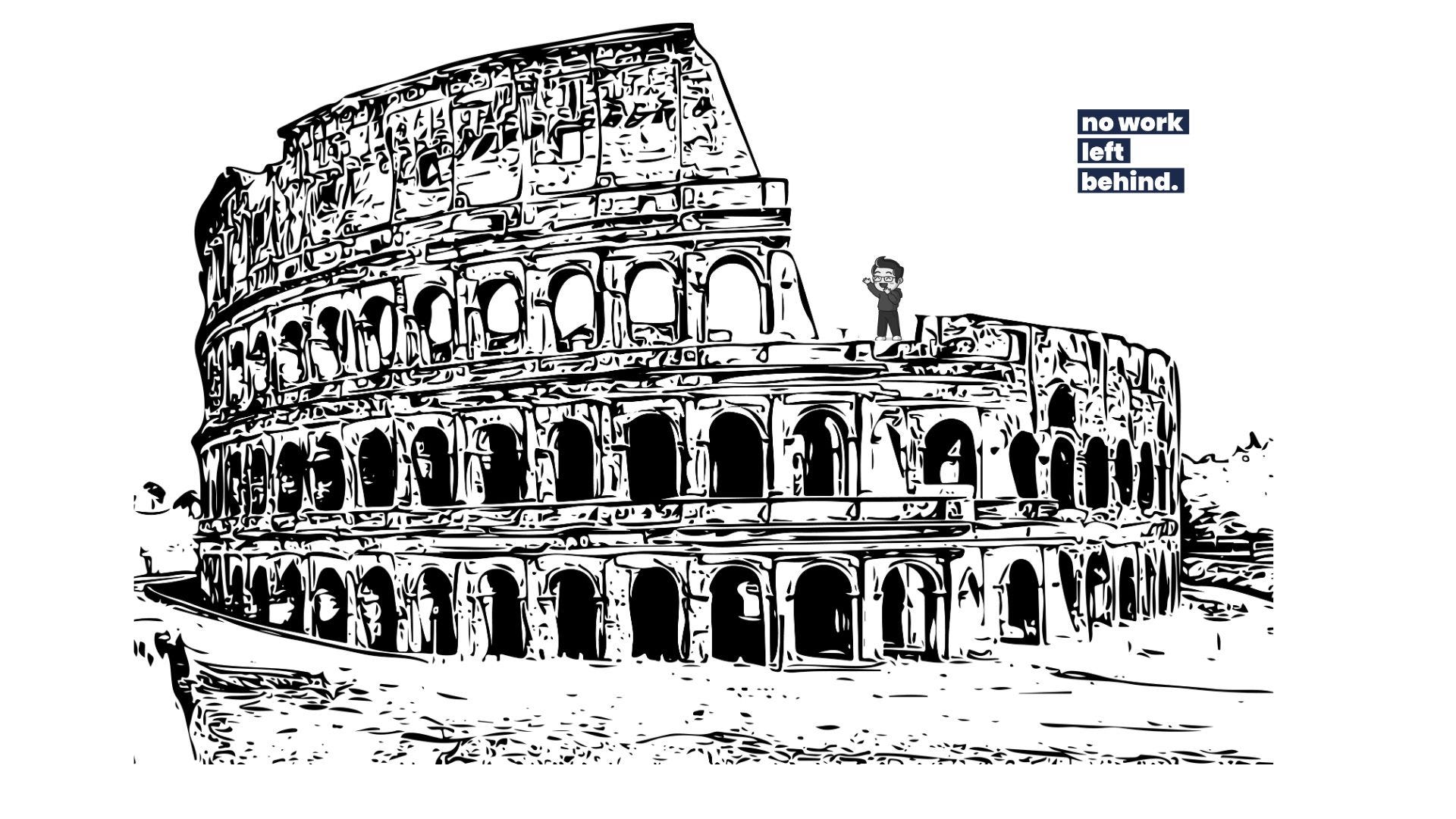Why Moats Beat Management (Most of the Time)
A quick review of competitive moats and whether great management or a great business model is more important in the long-run.
Something I’ve been asking myself recently is what drives a company’s long-term success? The key question being whether a company’s success is a function of the visionary leadership of its executives, or the structural advantages embedded in its business model?
In all my reading in and around capital markets and investments, I’ve found that while invest…

